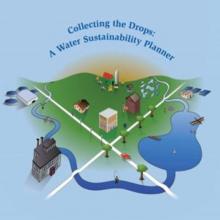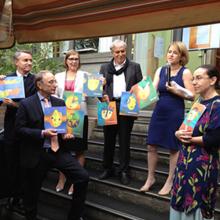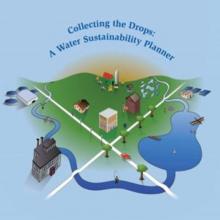
Collecting the Drops: A Water Sustainability Planner
Created by the Global Environmental Management Initiative (GEMI) in 2007, this tool is intended to guide the user through the process of taking a corporate sustainability strategy and converting it into a site or unit strategy for water.
Regions throughout the world are experiencing significant water shortages. Population shifts to coastal regions, smaller towns and cities adjacent to large cities have stressed existing suburban infrastructure and required agencies to impose further restrictions or cost sharing with users. However, growth can occur without further stress on water resources and there are several cases of sustainable growth in water “limited” areas. In parallel, the cost of water has increased, and will likely continue to increase around the world driven by demand for high quality water and limits on the resources. Water conservation efforts have been imposed in many areas throughout the world and require groundwater and surface water use allocation permits.
Business risk and opportunity assessments have evolved to include analyses of water use, impact of use and “license to operate” considerations. These assessments are used to create short- and long-term water sustainability strategies. Collecting the Drops: A Water Sustainability Planner is a tool segregated into three Modules that guides a facility user through: the process of assessing the facility’s specific water uses/needs in comparison to the availability of water in the region; the impacts these operations pose on the available water resources; and the identification of factors that may pose a risk on the operation’s ability to produce. Case examples of how GEMI members have identified opportunities to efficiently manage water resources are also provided.
Reviews
There are no reviews yet.
Be the first to review " Collecting the Drops: A Water Sustainability Planner "
Add a review
Implementation reports
Add an implementation report
Other tools that could interest you


